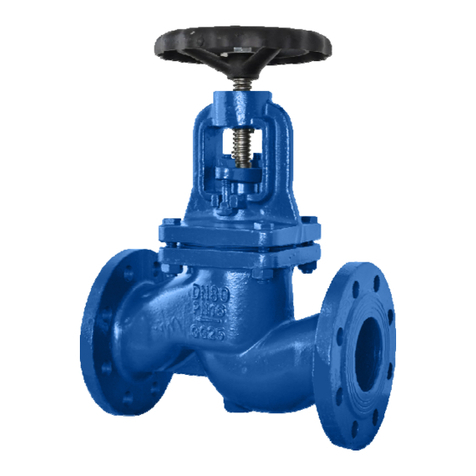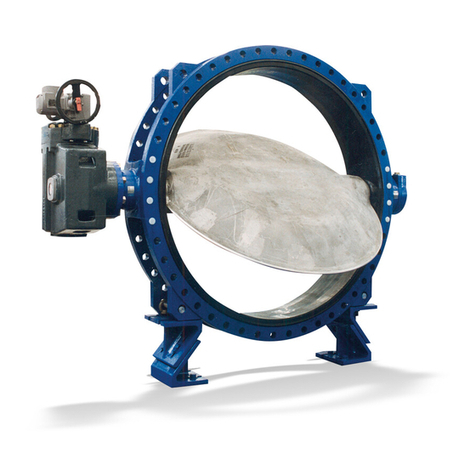KSB MIL 41000 User manual
Other KSB Control Unit manuals

KSB
KSB BOA-Control SBV User manual
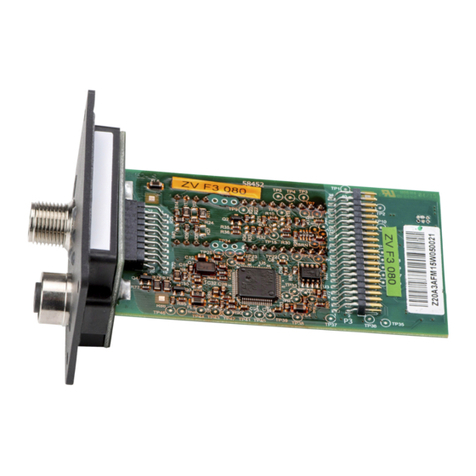
KSB
KSB Profibus PumpDrive 2 User manual
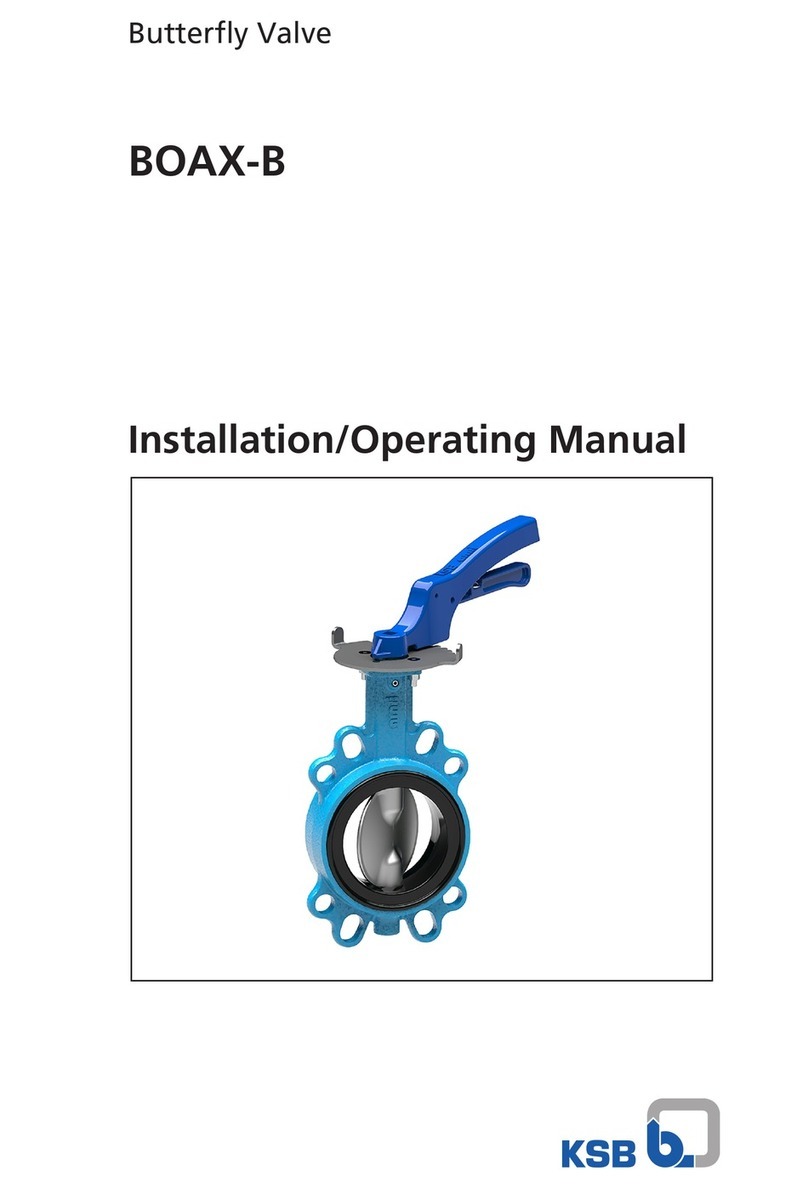
KSB
KSB BOAX-B Installation instructions
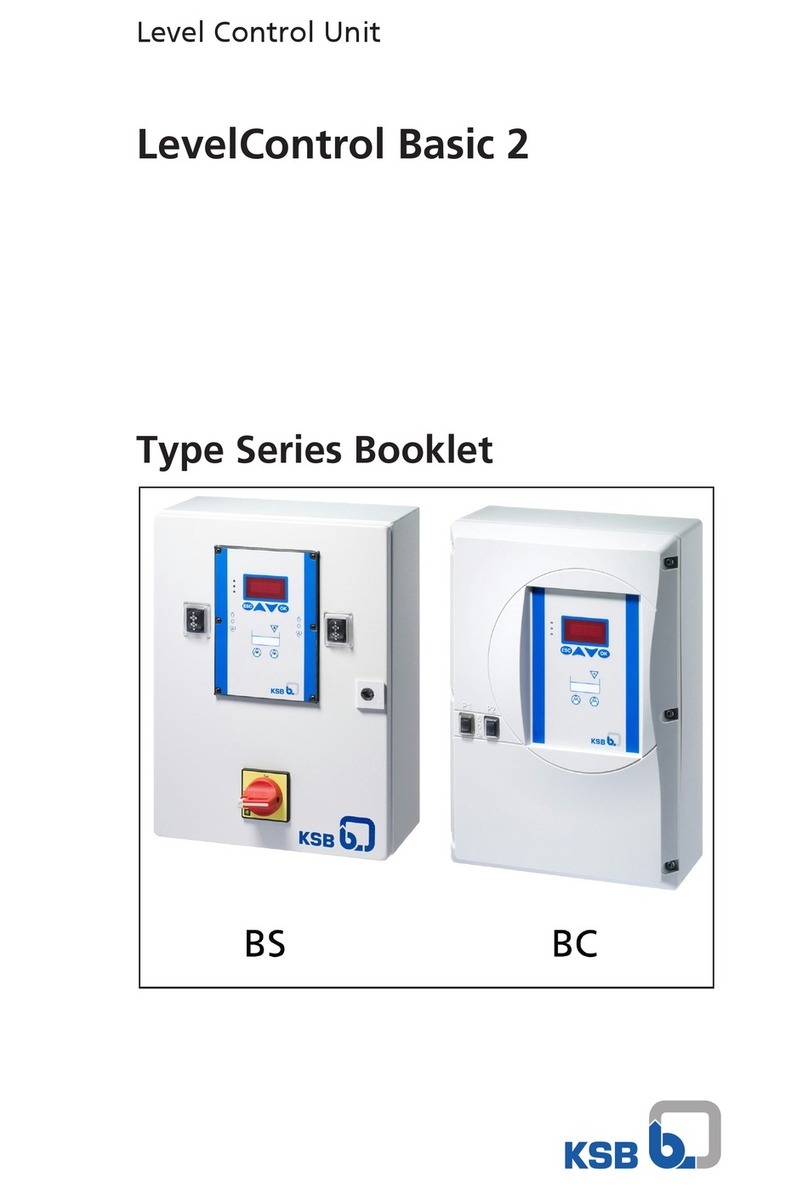
KSB
KSB LevelControl Basic 2 Installation and operation manual
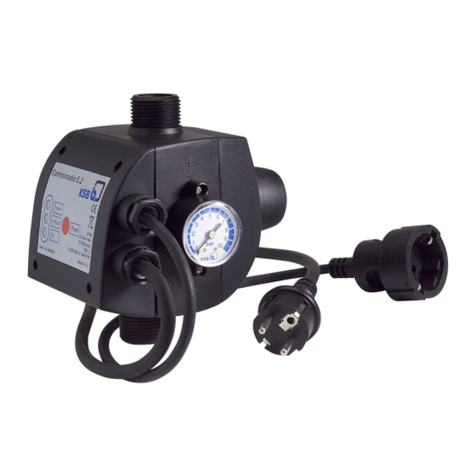
KSB
KSB Controlmatic E.2 Installation instructions
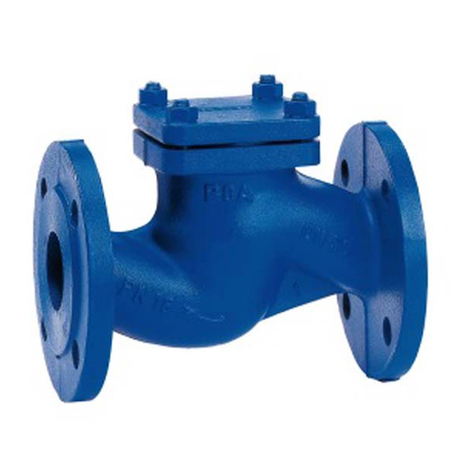
KSB
KSB BOA-R User manual

KSB
KSB DANAIS 150 User manual
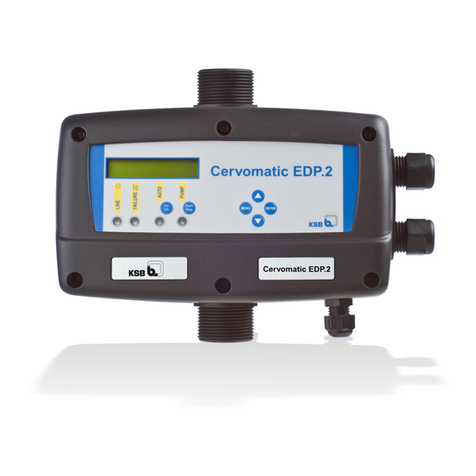
KSB
KSB Cervomatic EDP.2 Installation instructions
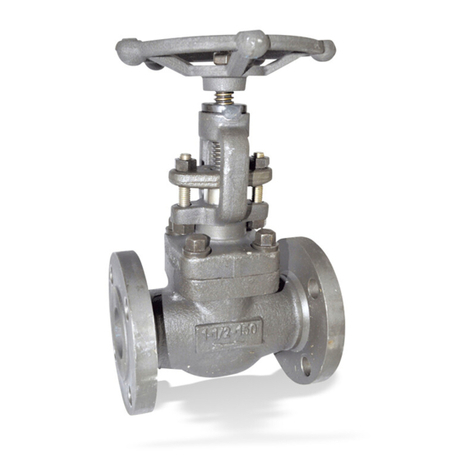
KSB
KSB ECOLINE GLF User manual
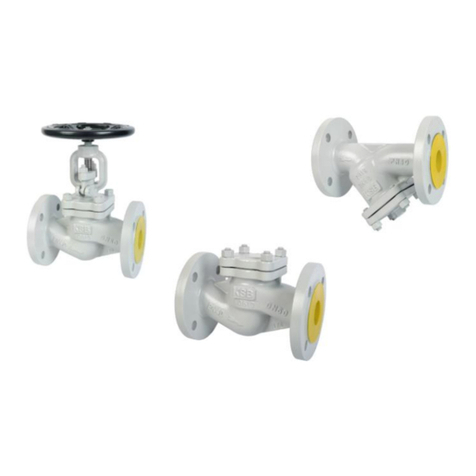
KSB
KSB ECOLINE VA 40 User manual

KSB
KSB SICCA GTC Series User manual
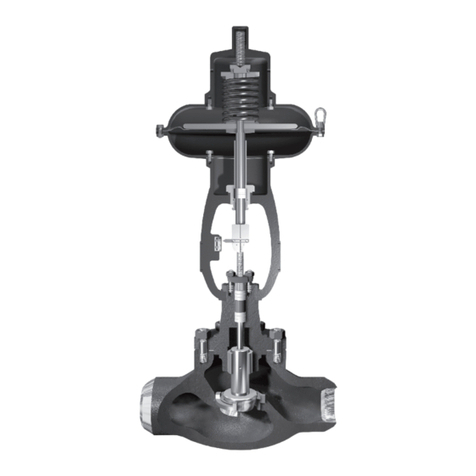
KSB
KSB MIL 21000 User manual
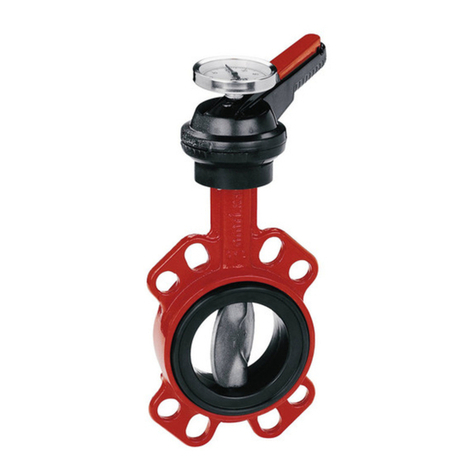
KSB
KSB BOAX-S User manual

KSB
KSB BOA-Control PIC User manual
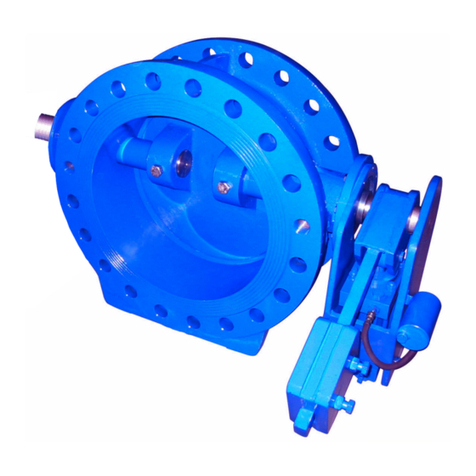
KSB
KSB COBRA-TDC01/03 Installation instructions
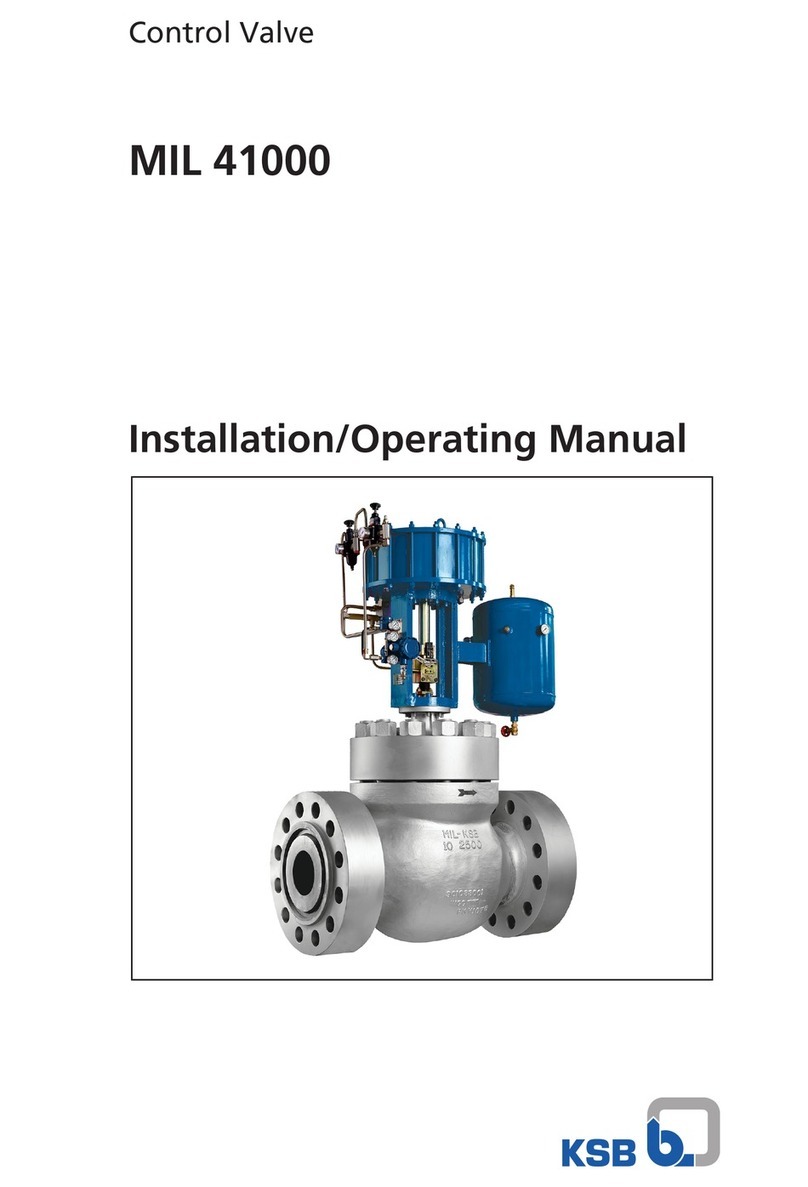
KSB
KSB MIL 41000 Installation instructions
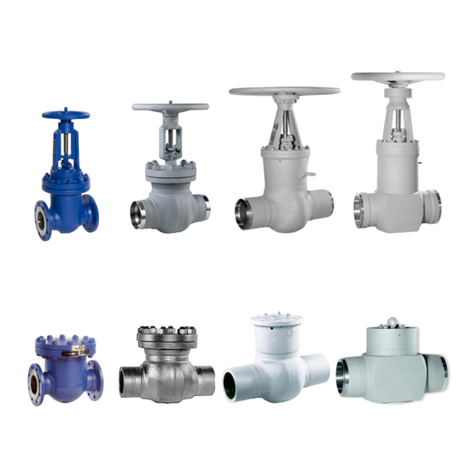
KSB
KSB STAAL 40 AKDS User manual

KSB
KSB AMTRONIC R1300 User manual
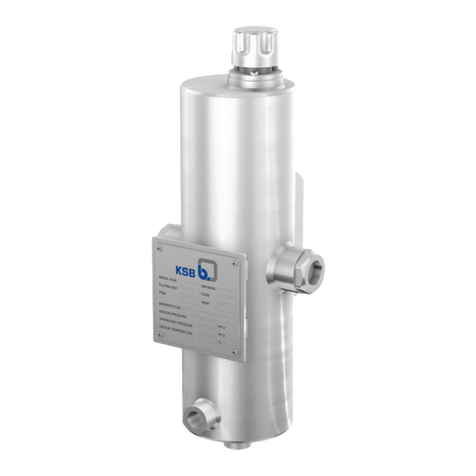
KSB
KSB KWT51 Installation instructions

KSB
KSB APORIS Series User manual
Popular Control Unit manuals by other brands

Festo
Festo Compact Performance CP-FB6-E Brief description

Elo TouchSystems
Elo TouchSystems DMS-SA19P-EXTME Quick installation guide

JS Automation
JS Automation MPC3034A user manual

JAUDT
JAUDT SW GII 6406 Series Translation of the original operating instructions

Spektrum
Spektrum Air Module System manual

BOC Edwards
BOC Edwards Q Series instruction manual

KHADAS
KHADAS BT Magic quick start

Etherma
Etherma eNEXHO-IL Assembly and operating instructions

PMFoundations
PMFoundations Attenuverter Assembly guide

GEA
GEA VARIVENT Operating instruction

Walther Systemtechnik
Walther Systemtechnik VMS-05 Assembly instructions

Altronix
Altronix LINQ8PD Installation and programming manual


